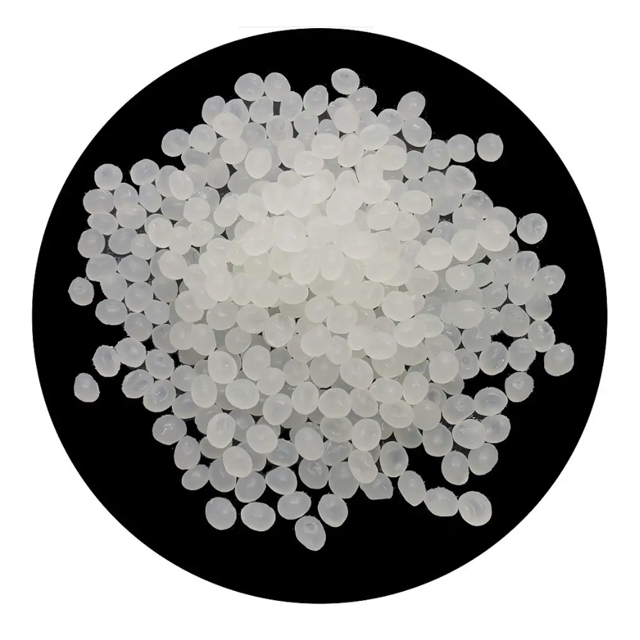
The Role and Importance of Stud and Track Ceiling Forming Machines in Modern Construction
In the fast-evolving world of construction, efficient tools and machinery are key to enhancing productivity and ensuring high-quality outcomes. One of the remarkable innovations that have transformed the way ceilings are constructed is the stud and track ceiling forming machine. This machine is essential for producing the steel framing components used in suspended ceilings, providing both strength and aesthetic appeal to modern building designs.
Understanding the Basics
A stud and track ceiling forming machine is primarily designed for the fabrication of metal stud and track systems. These systems are pivotal in constructing walls and ceilings, particularly in commercial buildings where versatility and lightweight structures are preferred. The machine automatically cuts, bends, and punches metal sheets into precise dimensions, creating components that can easily be assembled on-site.
How It Works
The operation of a stud and track ceiling forming machine typically involves several steps that emphasize automation and precision. Initially, the raw metal coils are fed into the machine. Using advanced technology, the machine cuts the coil into required lengths and shapes, forming tracks and studs that meet specific construction standards. The machine's ability to create detailed slots and holes makes it easier for contractors to install wiring and plumbing efficiently.
Modern machines are equipped with computer numerically controlled (CNC) systems, allowing for customizable settings based on project requirements. This level of automation minimizes human error while maximizing production speed, thus significantly reducing construction timelines.
Advantages of Stud and Track Ceiling Forming Machines
1. Increased Efficiency One of the primary benefits of using stud and track ceiling forming machines is the speed at which they operate. Automated processes mean that a large number of components can be manufactured in a fraction of the time it would take to produce them manually. This efficiency leads to quicker project turnarounds.

2. Cost-Effective Solutions By reducing labor costs and minimizing waste through precise cutting and shaping, these machines present a cost-effective solution for contractors. Additionally, the consistent quality of the products leads to reduced chances of rework, further enhancing cost savings.
3. Enhanced Quality The precision engineering of stud and track ceiling forming machines ensures that each component meets stringent quality standards. The uniformity in production means that installations are not only more aesthetically pleasing but also structurally sound, enhancing the overall longevity of the building.
4. Versatility Modern construction projects often require tailored solutions to meet unique architectural designs. Stud and track ceiling forming machines can adapt to different specifications, offering a range of profiles and dimensions. This versatility allows builders to push the boundaries of design without compromising structural integrity.
5. Reduced Material Waste With advanced cutting technology, these machines are designed to minimize scrap material, making the construction process more sustainable. This reduction in waste not only benefits the environment but also reduces overall material costs.
The Future of Construction
As technology continues to advance, the capabilities of stud and track ceiling forming machines are expected to evolve. Integration of smart technologies, such as artificial intelligence and the Internet of Things (IoT), will likely enhance their functionality and efficiency. For instance, predictive maintenance features could reduce downtime and improve productivity, ensuring that projects stay on schedule.
Moreover, as the construction industry embraces modular building techniques, the role of stud and track systems will be even more critical. The ability to pre-fabricate and assemble components off-site will streamline operations and facilitate quicker installations on-site.
Conclusion
In conclusion, stud and track ceiling forming machines play an invaluable role in the modern construction landscape. Their efficiency, cost-effectiveness, and ability to produce high-quality components make them essential tools for contractors and builders alike. As technology advances, these machines will continue to revolutionize construction practices, paving the way for a future where building processes are faster, more efficient, and sustainable. The integration of such machinery represents a significant leap towards innovation and progress in the industry, ultimately benefiting both developers and end-users alike.